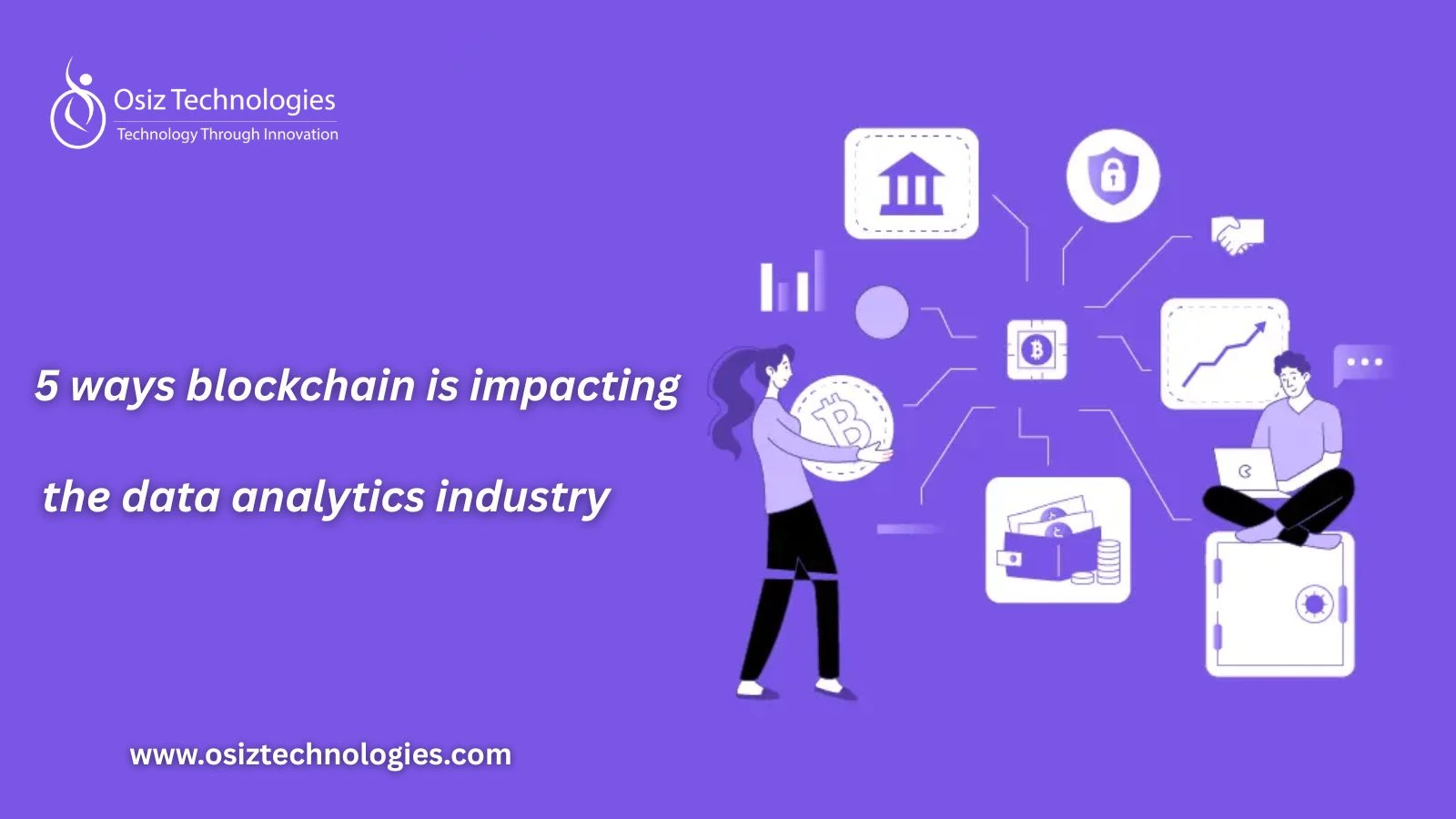Cyber threats are becoming increasingly complicated, putting businesses at risk. Corporations are concentrating on building strong cyber threat intelligence (CTI) programs to tackle this. These applications let companies detect and respond to cyber-attacks before they cause damage. The CTI market is expected to increase rapidly, reaching USD 24.85 billion by 2032. In the coming years, businesses will need a strong CTI program to keep ahead of emerging risks and preserve valuable data. This blog gives a comprehensive approach to building a strong cyber threat intelligence program.
Understanding the Threat Landscape
The cyber threat landscape will upgrade to recent days, influenced by technological advances and the sophistication of attackers. Understanding the various sorts of threats is critical for developing effective protection tactics. Recognizing the variety of threats allows organizations to protect sensitive data proactively.
Types of Cyber Threats
-
Strategic: Long-term threats aiming to disrupt business or gain influence over industries.
-
Tactical: Short-term, focused attacks that exploit vulnerabilities to achieve immediate goals.
-
Technical: These threats target specific technical systems or software flaws for data theft or system damage.
-
Operational: Threats aimed at affecting business operations, such as disruptions in-network services or data integrity.
Role of Advanced Persistent Threats (APTs)
APTs are long-term, targeted attacks trying to steal important data or cause disruption. They unfold in stages, beginning with infiltration and progressing to network surveillance. Because of their stealthiness, APTs are difficult to detect and require advanced tools for effective prevention and mitigation.
Integrating the CTI Framework
Gaining Organizational Support:
The effectiveness of a Cyber Threat Intelligence (CTI) program is dependent on the support of leadership and key stakeholders. Ensure that decision-makers recognize the importance of CTI in safeguarding the organization's assets and reputation. Begin by presenting a compelling business case that demonstrates how CTI matches with the company's security objectives.
Setting Goals and Scope:
Set clear and defined goals for the CTI program. Concentrate on recognizing potential threats, managing risks, and responding appropriately to security occurrences. Setting a scope helps to prioritize resources and ensures that the CTI program targets the most essential security concerns facing the organization.
Data Collection and Analysis:
Collect data from multiple sources, such as internal logs, threat feeds, open-source intelligence (OSINT), and dark web surveillance. To identify developing risks, analyze this data utilizing threat intelligence platforms (TIPs) and threat-hunting strategies. Use advanced analytics to detect patterns and indicators of compromise (IOCs) that may affect your organization.
Building a CTI Team:
Form a specialized team of cybersecurity professionals with expertise in threat analysis, incident response, and forensics. Make sure the team is cross-functional, with expertise from different departments such as IT, network security, and incident management. Providing continual training and utilizing threat intelligence tools improves their effectiveness.
Sharing and Collaborating on Intelligence:
Collaboration is key in CTI. Share findings and actionable intelligence with relevant teams and external partners such as Information Sharing and Analysis Centers (ISACs) or government entities. Use secure channels to exchange intelligence, and ensure that it is contextualized, actionable, and relevant to the audience for better decision-making.
Implementation of the CTI Program
Using Threat Intelligence Platforms
The use of a threat intelligence platform (TIP) is critical to creating a successful Cyber Threat Intelligence (CTI) program. These platforms enable enterprises to collect, analyze, and exchange threat data in real-time, allowing teams to recognize and respond to cyber threats more quickly.
Applying Threat Intelligence to Operations
Once threat intelligence is gathered, it must be used in operations. This entails incorporating CTI data into daily security procedures including incident response, network monitoring, and vulnerability management, which assists teams in identifying and mitigating risks.
Conducting Training and Awareness Sessions
A successful CTI program requires effective staff training. Regular training on how to recognize phishing attacks, malware, and other risks raises awareness and adds an extra layer of security.
Ongoing Evaluation and Updates
A CTI program should not remain static. Regular evaluation and updates ensure that it adapts to emerging threats, reviewing intelligence sources and refining response strategies.
Role of AI and Machine Learning in CTI
AI and machine learning have significance for increasing the effectiveness of CTI. By automating data processing, AI can quickly detect patterns and anomalies, allowing for speedier threat identification. Machine learning models may also forecast future attack trends by looking at previous instances, giving teams vital insights into how they can strengthen their defenses.
Future Trends in Cyber Threat Intelligence
As cyber threats evolve, the future of CTI will be on integrating advances in technology. Automation, artificial intelligence, and machine learning will continue to change CTI tools, allowing enterprises to address complex threats. Furthermore, threat intelligence sharing will become more collaborative, with companies working together to combat cyber threats worldwide. With the proliferation of cloud-based systems and IoT devices, safeguarding these emerging technologies will become a top priority in the coming years.
Final thoughts
A strong Cyber Threat Intelligence (CTI) program is essential for businesses to stay ahead of developing cyber threats. Organizations can identify, respond to, and prevent threats more effectively by deploying current tools such as artificial intelligence and machine learning. Regular updates, training, and coordination with external partners are required to ensure that the program remains effective. For enterprises wishing to create or improve their CTI program, Osiz, a leading cybersecurity company, offers expert solutions to protect sensitive data and defend against growing threats.
Listen To The Article
Recent Blogs

Black Friday 30%
Offer












